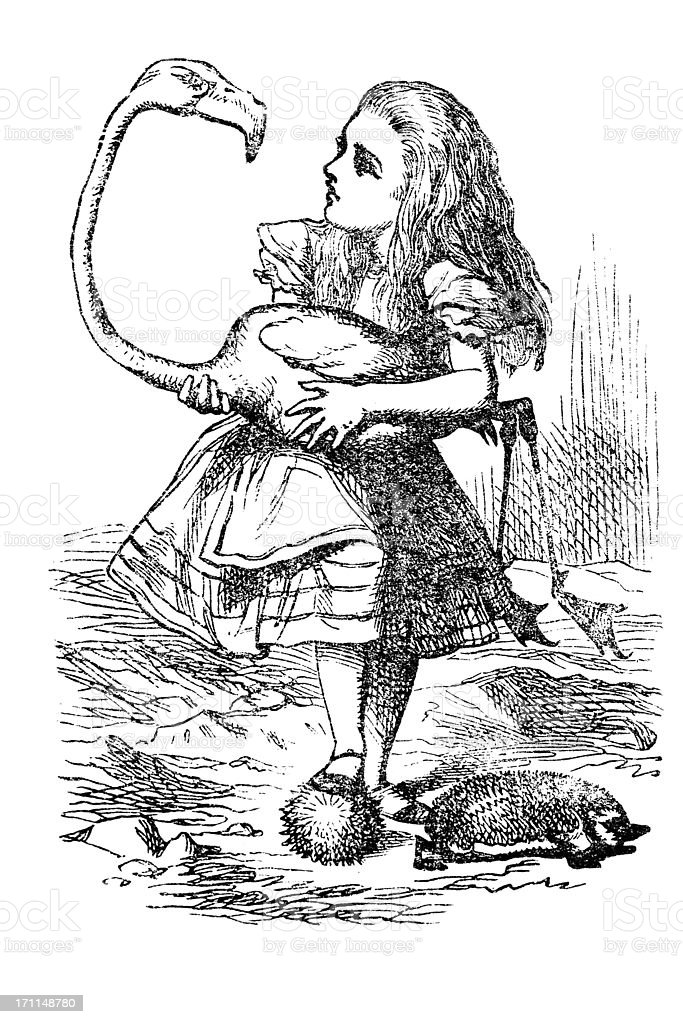
Fantasy Fuel! What is it? It’s those books, articles, pictures, and videos that spark the creativity that leads to fantasy stories. Let’s start with this one:
There are a LOT of castles in Europe–and there are more in Asia and Africa. Castles lend themselves to fantasy settings. I’ve dreamed of living in one and defending one from attack.
Which of the castles in this article is your favorite? Tell me and I’ll send you a free book. Just click here.
Fantasy Fuel – How about fantastic creatures?
Squashmingos! They remind me of the flamingos used by Alice in Alice in Wonderland. In case you’re not familiar with the reference, here is one of the original illustrations by Tenniel:

19th Century Illustration
Here’s a snippet of the Disney movie:
I haven’t written a fantasy yet, but I have made up an imaginary, alien animal: the foxcat.
It’s called a ‘foxcat’ because it’s a combination of a fennec fox and a caterpillar. A foxcat is a marsupial amphibian. It’s a stowaway on a gigantic flying saucer in my book:

My science fiction sounds like fantasy. I wonder what my fantasy will sound like? I’ll have to write my first fantasy to find out. My working title is ‘Sentience’.
More Fantasy Fuel Coming Up for You
You can’t beat reading great fantasy books to inspire your fantasy writing. Here’s one I just finished.

The Fellowship of the Ring (The Lord of the Rings, #1)
by J.R.R. Tolkien
it was amazing
bookshelves: fantasy, favorites
Read 2 times. Last read September 13, 2022
The greatest novel of the 20th century, a true 5 star book, one that’ll be read in another hundred years.
My latest re-read was in the single volume edition with Christopher Lee’s artwork. His art is detailed and complex, with hidden elements that tell the story.
In this re-read, I saw the close connection between the start of the book, which is often called dull, and the end of the Hobbit. One dovetails into the other. The hobbit background is necessary for those who didn’t read the Hobbit, and provides additional detail on them, including their three races: the Stoors, the Harfoots, and the Fallowhides.
I also noticed in my re-read the masterful way Tolkien built tension and prolongs conflict and threats. He also increases the risks and dangers throughout the book. These details jump out at me more since I became an author.
Andy Zach‘s review
Yet More Fuel for Your Fantasy Writing
Why not use cartoons?
So, if you have a writer’s block, just get it off your desk!
How about some more fantastic architecture? Coming in from Kansas City we have the following:
Or how about we use some beautiful pictures of nature to inspire our writing?
Now, let’s try another cartoon.
Obviously, cartoons are my chief inspiration. I love talking animals.
I have a talking hamster in my Secret Supers books. Dancer taught himself how to read and type.

Here’s a fantasy come true: free books. Enjoy these freebies from me. I give them to all my subscribers. Click here to get your books.







